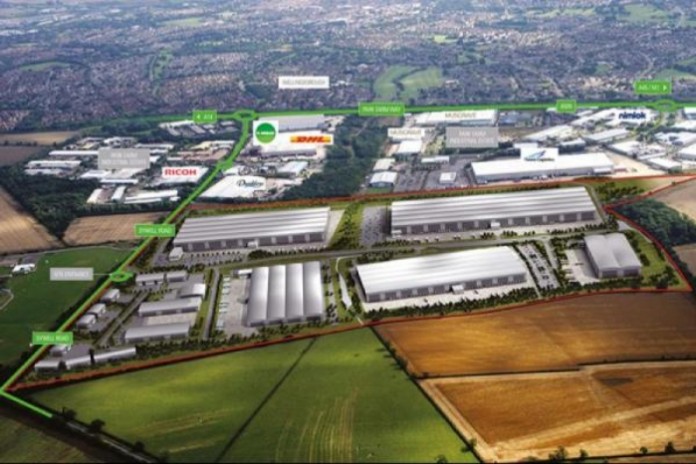The lack of available business space in Wellingborough is thwarting economic development in the Borough considers commercial property agent Prop-Search.
Positively, there has been a continued rise in occupier and investment demand but the common theme – like many towns across the UK – is there is a shortage of good quality stock coming to the market. This is greatly worrying.
Wellingborough’s industrial market was the standout performer in 2015, across all sectors, with take-up exceeding that of the previous few years. However, this has resulted in the lowest stock levels since 2007. The shortage of commercial property has led to demand out-striping supply and combined with increasing build costs, is driving up rents, capital values and land values.
This looks set to continue throughout the reminder of 2016.
Small to medium sized units of good quality are particularly under severe shortage and properties coming onto the market generate interest almost instantly. And in most cases do not hang around for long. An example of this is on the Leyland Trading Estate where Northern Trust has demonstrated its commitment to the town, with a substantial investment into the complete refurbishment of eight industrial/warehouse units. Four of these have been pre-let to existing expanding occupiers within the Estate.
The only way in which Wellingborough can sustain business growth is through development.
The process of building stock would generate extra investment in the local economy and jobs, both in the physical construction and post-construction in new business occupation. We estimate from our own data that there is currently in excess of 500,000 sq ft of latent demand from Wellingborough’s existing occupier market. Providing a new home for these businesses would obviously release their existing premises to the market and at a more competitive level than new build properties.
So the big questions now are: where will the tranche of new stock come from and who will the developers be?
Wellingborough’s planned development program is fundamentally replying on two locations; Park Farm West through Prologis and Stanton Cross – specifically Finedon Road – through St Modwen. The issue with Park Farm West is that the over-riding focus in terms of industrial development is on large format buildings – units over 100,000 sq ft. This will do very little for existing Wellingborough occupier demand.
The overall picture in terms of existing occupier demand is typically for buildings of between 20,000 sq ft to 100,000 sq ft. This is complemented by a sector of growth from new and SME businesses, where again, demand outstrips supply for buildings of between 1,000 sq ft and 20,000 sq ft. Likewise, these sectors may not be satisfied through the development of Park Farm West or Stanton Cross.
So unsurprisingly, there is concern that industrial growth within Wellingborough is facing challenging times
What is really needed is the development of another Park Farm Industrial Estate, providing buildings for start-up businesses through to local businesses expanding. Large format occupier demand – over 100,000 sq ft – can be addressed through Park Farm West and Stanton Cross, but there is significant competition in this sector from other schemes within the County, some of which are far better located in terms of access to the national road network.
Wellingborough’s success over the last 30 years has been driven by the delivery of well-planned and developed employment space – crucially meeting market demand. It remains a very popular location in the centre of the Midlands and serviced by an excellent and improving road and rail network. However, without a radical and prompt rethink, neighbours such as East Northants and Kettering will effectively steal Wellingborough’s market share – something already seen in other sectors such as retail where, for example, East Northants has secured one of the largest new retail developments in England with Rushden Lakes.
Similar pressures exist on Wellingborough’s deliverable supply of housing, where again districts like East Northants have around 10 years deliverable supply and Wellingborough has less than five years.
There are potentially tough times ahead for Wellingborough, but the fundamental metrics for the town are strong – it has the ability to thrive as it did in the late 80s. But in a region where so much growth is anticipated, there is much to be gained from working more closely with neighbouring towns. More co-ordination between Local Authorities would deliver a more balanced mix of employment across all sectors – meeting modern occupier requirements and complimenting the every expanding residential sectors – providing jobs closer to new commercial development, instead of individual towns producing pockets of successful development at a cost to neighbouring towns.
It will also be interesting to see what happens in terms of the UK’s membership of the EU. In either scenario there will undoubtedly be opportunities for growth, albeit for completely different reasons.
So whilst Wellingborough faces some of its hardest challenges, the future is nevertheless exciting.






















